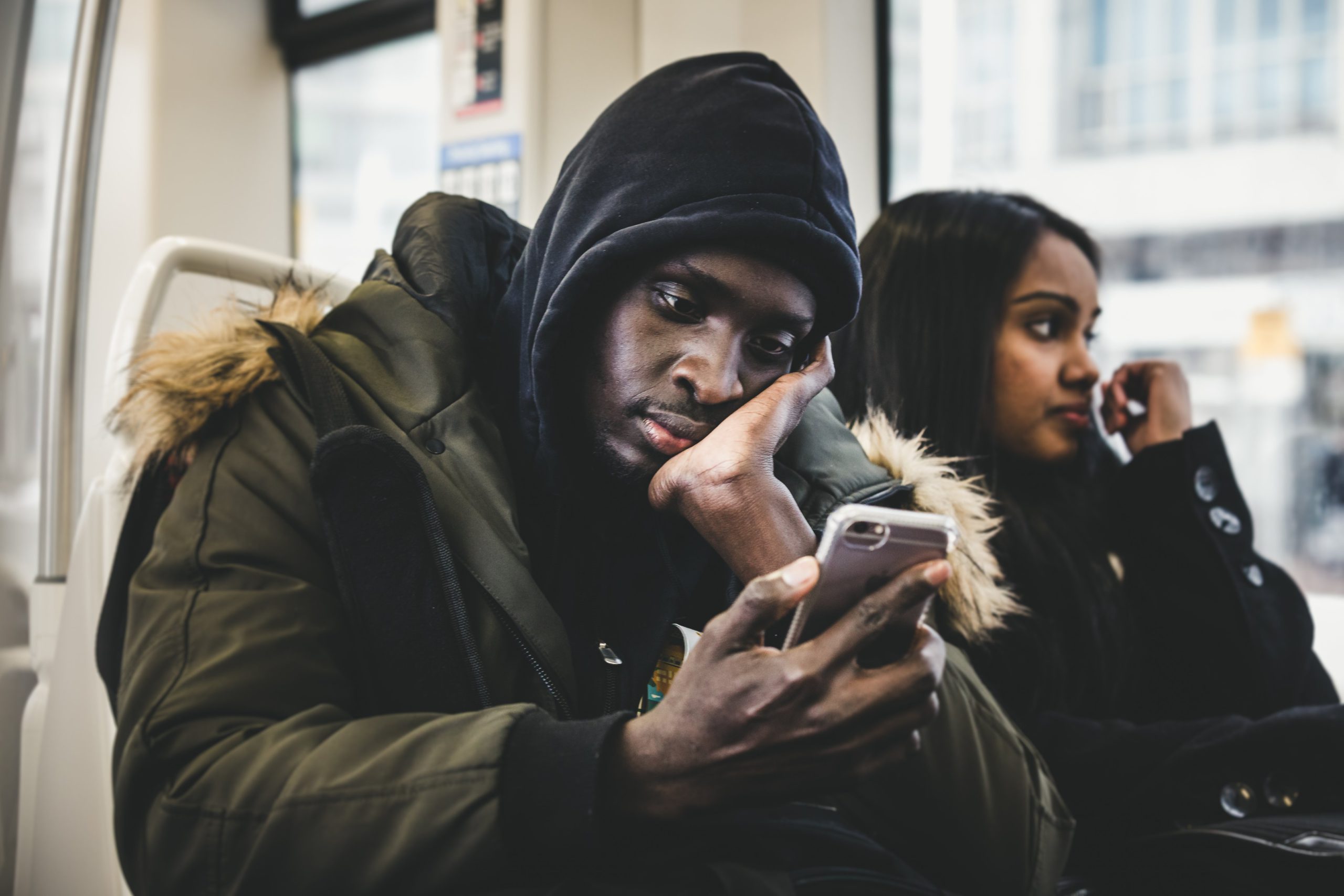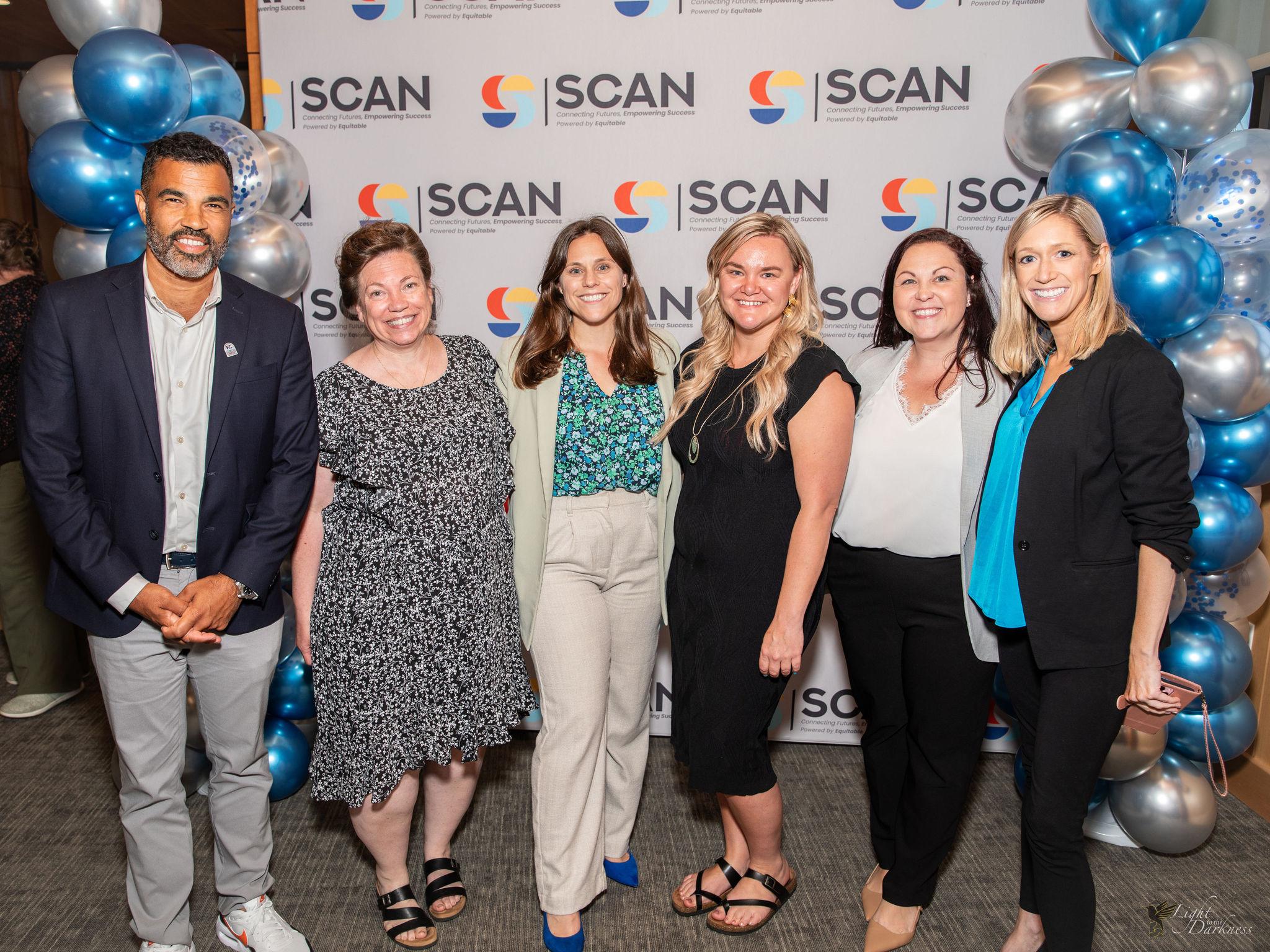
Scholarship Equity is Crucial to the Future of College
The pandemic cost low-income and historically underserved students the most. Equitable scholarship opportunities can help close the gap.
Filed In
- Advocating for Students
Topics
- emergency grants
As the students who began college during the COVID pandemic move closer to graduating, it’s remarkable to consider how much change has happened during their higher education journey. Classes moved online, but then back to campus, but only sometimes; Americans grew more divided on the importance of college; student loan debt was paused, then forgiven, then reinstated; the Supreme Court ended the use of race in admissions.
All the while, students continued following their dreams, working toward their goals and, very often, struggling to make ends meet. As we consider what “normal” college life looks like now, it’s vital to think about how we can better serve students—and how we can lift up more of those in need.
The pandemic cost low-income and historically underserved students the most.
College enrollment in fall 2020 took a precipitous dip, dropping by 3.6% over fall 2019. The high school class of 2020 opted out of college in an unprecedented way, with nearly 22% fewer grads moving on to higher education in the fall. And those declines were most noticeable in low-income and historically underserved populations.
As NPR reported, “For graduates at high-poverty high schools there was a 32.6% decline in attending college, compared with a 16.4% decline for graduates of low-poverty schools.” In addition, enrollment at community colleges – which generally serve a larger population of underserved and nontraditional students — fell off a whopping 10%, losing 544,000 students year-over-year.
While enrollment has been trending upward for the last two years, the damage has already been done. Students who stop out face an uphill road to continuing, especially if they faced job losses or illness during the pandemic. And with unemployment, food and housing insecurity impacting significant percentages of students (especially at community colleges, HBCUs and tribal colleges), students from lower income brackets are facing ongoing barriers even as others return to college in greater numbers.
In the words of Eric Waldo, Chief Access and Equity Programs Officer at Common App, “We’ve seen how the pandemic has really ravaged low income communities and communities of color, [with] higher unemployment rates, more COVID deaths,” he said. “So that sort of stress we know in some ways is dampening college expectations or college desire.”
The impact goes beyond just enrollment.
For non-white, low-income and first generation students who do continue on to pursue a college degree, the barriers aren’t just financial. For example, only 38% of Black high school seniors say they can turn to family or friends for college admissions advice, compared to 68% of white students—and white students were nearly twice as likely to visit campus before applying.
Once those students made it into college, they continued to face struggles and inequities. Research from the Hope Center indicates that 1/3 of employed college students lost work during the pandemic, and that 3 in 5 students faced some form of basic-need insecurity—with Black students almost 20% more likely to face such struggles. At Scholarship America, our own survey of college students found that 72% listed the cost of attendance as a top concern. And in a study done by Lumina Foundation and Gallup, non-college-student adults listed cost, emotional stress and family responsibilities as the top three obstacles that prevented them from earning a degree.
Even after graduation, inequity casts a shadow: “About 24 percent of Black adults say they have federal student loan debt, compared to 15 percent of Hispanic, 14 percent of White, and 11 percent of Asian adults,” according to a Momentive/CNBC study.
With these effects continuing to snowball, we’re not just facing the prospect of decreased enrollment for a few classes—we’re risking a lost generation.
Equitable scholarship opportunities can help close the gap.
As the nation’s leading scholarship administrator, Scholarship America is stepping up to help by working to make more scholarship dollars available to more students—and by ensuring our scholarships are designed to be equitable and impactful.
We are partnering with Common App to connect more low-income, underserved and minority students with private scholarship dollars. We are also designing our own programs to address underserved communities by providing flexible and meaningful assistance, including the renewable Dream Award and an expanded, enhanced emergency grant program.
Finally, we’re also working to provide support beyond the scholarship check. That’s where we need to get inventive, assess whole-student needs and build partnerships across the private and public sectors.
It’s our belief that no student should have to give up on their college dream because they can’t afford it—or because of societal barriers that stand in their way.
By working to build more equitable scholarships, provide broad-based emergency grants and introduce targeted, specific wraparound services, we can help create a “new normal” that works better for all. If you’re ready to work with us and make it happen, get in touch.
Related Articles
Browse All

National College Student COVID-19 Survey Finds Financial Concerns Outpace Health Worries

Equitable Foundation + Syracuse College Attainment Network: Supporting Students Together

Our team is here to help you achieve your goals and build your custom scholarship program.